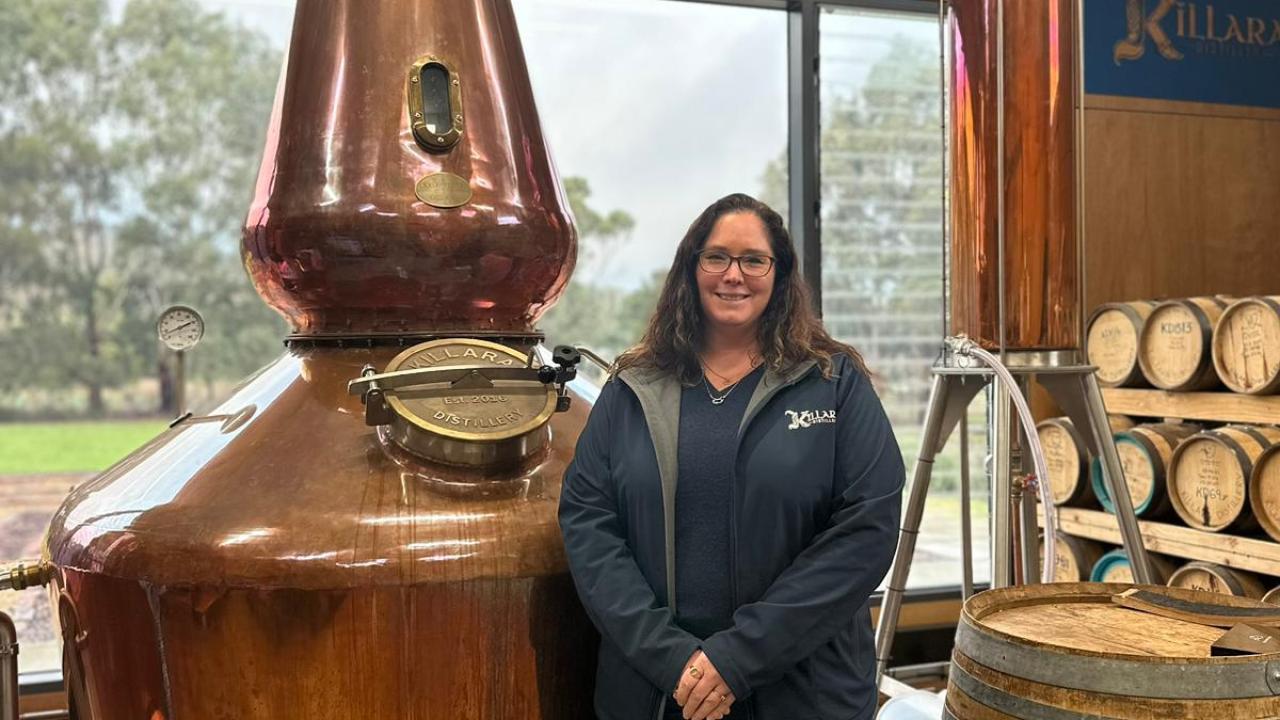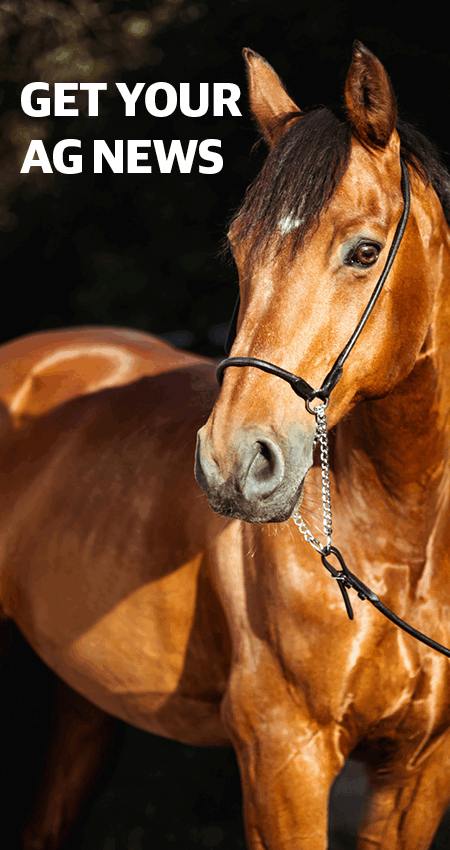Tassie wine and spirits tipped to defy global trends

Key figures in Tasmania’s alcohol industry are optimistic about the future despite declining global consumption rates.
Wine consumption rates in countries such as Italy and France have declined significantly since the 1960s.
In contrast, spirit consumption rates have remained relatively steady in Australia, the UK, and the United States during the same period.
But Wine Tasmania CEO Sheralee Davies said she was not concerned about declining alcohol consumption rates.
“Demand for Tasmanian wine continues to be very high; whether that’s people visiting Tasmania and coming into our cellar doors, or whether it’s people purchasing wine through a restaurant list or other ways on the mainland or even around the world.”
In Australia, wines are classed as either commercial or premium.
Commercial wines retail for less than $10 a bottle, while premium ones are priced above that amount.
Ms Davies said Tasmanian wines sit in the premium category.
“What’s actually happening with consumption, whether it’s here in Australia or around the world, consumption trends are different between those two categories.”
“In the commercial wine space, consumption is dropping significantly both in Australia and globally; whereas in the premium wine space, it’s a very slight increase.”
According to Ms Davies, changing public tastes were behind the trends.
“People are going ‘alright, if I’m going to spend money on something like a bottle of wine, I’m going to make sure it’s a great bottle of wine,’” she said.
In the Tasmanian spirits market, a similar trend emerged.
“Generally speaking, whisky sales are increasing, especially in the export market,” Tasmanian Whisky & Spirits Association President Kristy Lark-Booth said.
“Even though alcohol consumption has decreased, people are drinking quality products like the ones we make here in Tasmania.
“So overall consumption has gone down because consumers want to drink less, but when they do drink, they tend to choose a higher quality product, which is exactly what we are producing here in Tasmania.”
Ms Lark-Booth said the Tasmanian industry was on the rise.
“We are seeing an increase in the numbers of distilleries setting up in Tasmania, and as Tasmanian whisky gains a larger audience around the world, it has the potential to take off astronomically.
“The Tasmanian spirits industry has seen significant investment, particularly in larger whisky distilleries that will continue to see the volume of spirit being produced here more than double.
“This will have a flow-on effect, which will in turn present more high-quality Tasmanian whisky to the rest of the world.”
However, Ms Lark-Booth said that excise tax was a significant challenge for producers.
“These excise costs are especially difficult for distilleries with a low scale of production, and create growth barriers for small to medium distilleries.
“With the recent introduction of USA tariffs, there is a likelihood that the Australian market will have an influx of international spirits, which would have otherwise been exported to the USA, and it would be great if locals decided to use their purchasing power to buy from local producers.
“The current rate of local spirit sales is sitting at less than 10% of total spirit sales, so there is scope to increase the sales of locally made spirits with the support of fellow Tasmanians.”




Add new comment